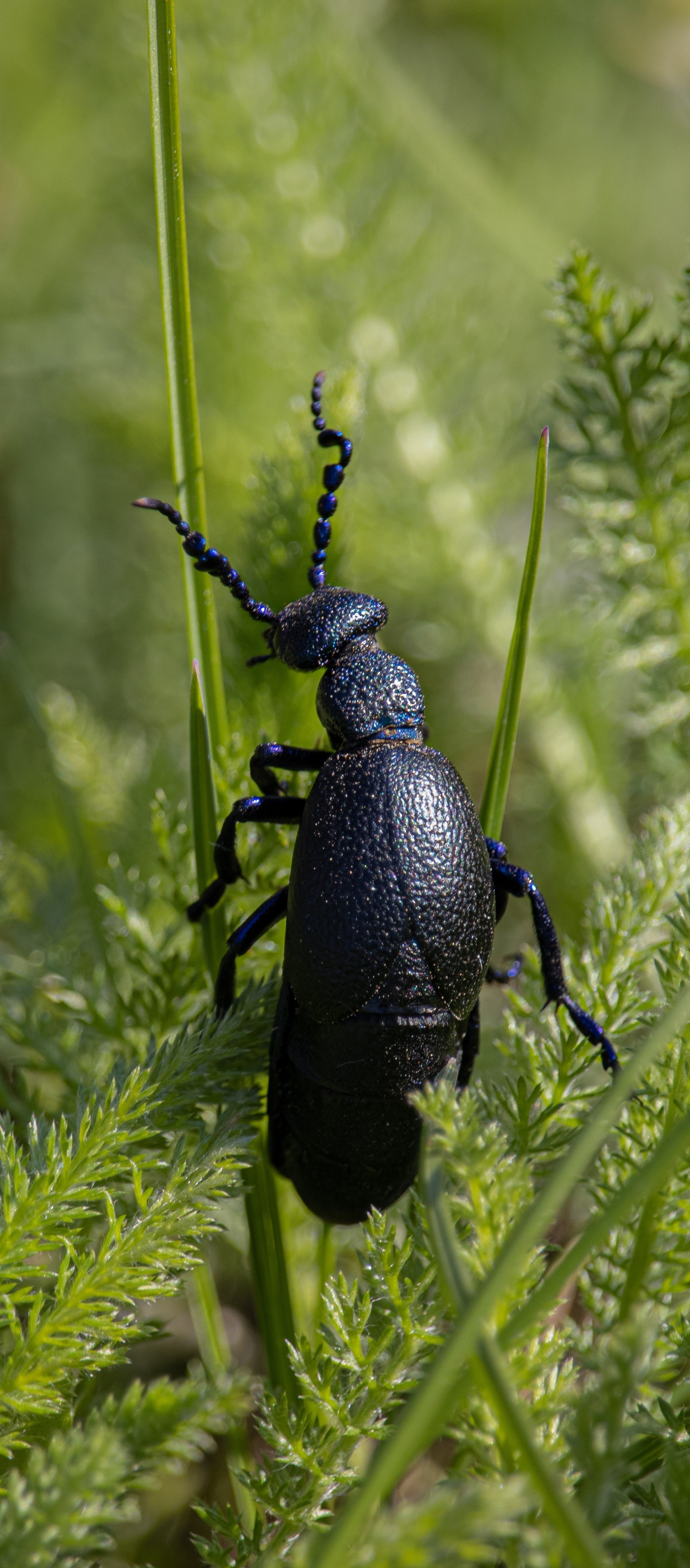Recent Posts
Black-capped chickadee bird
Majestic horned ibex
Majestic horned ibex
Mammal Pictures

Hummingbird sucking nectar
Swan pair reflections
Colorful crimson rosella
Beautiful multi colored bird
Cute cotton-top tamarin
Lioness up close
Lioness up close
Mammal Pictures

The great kiskadee bird
The great kiskadee bird
Bird Pictures

Blue tit on a tree branch
Egret standing on one leg
The violet oil beetle
The violet oil beetle
Insect Pictures

Subscribe to:
Posts (Atom)








